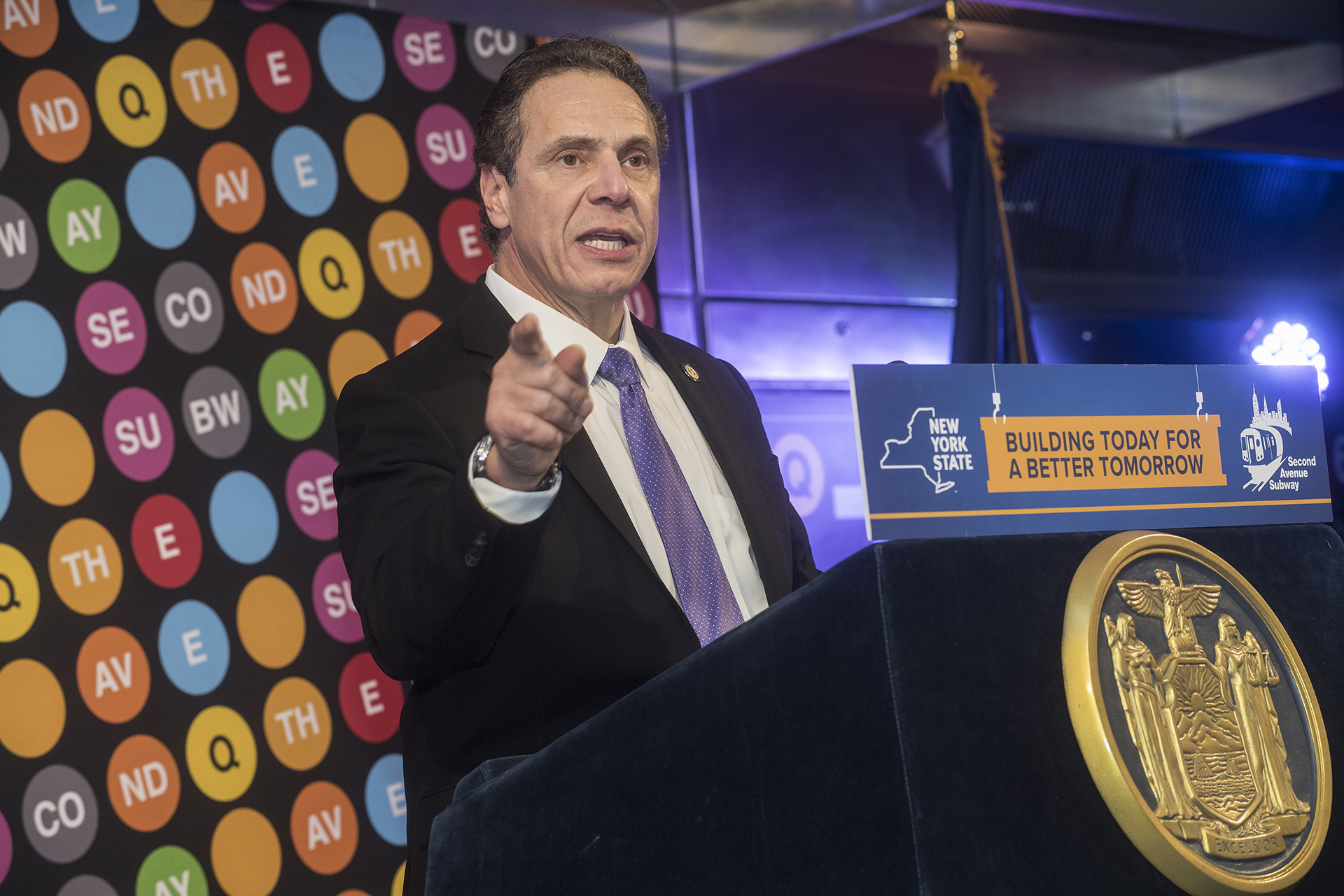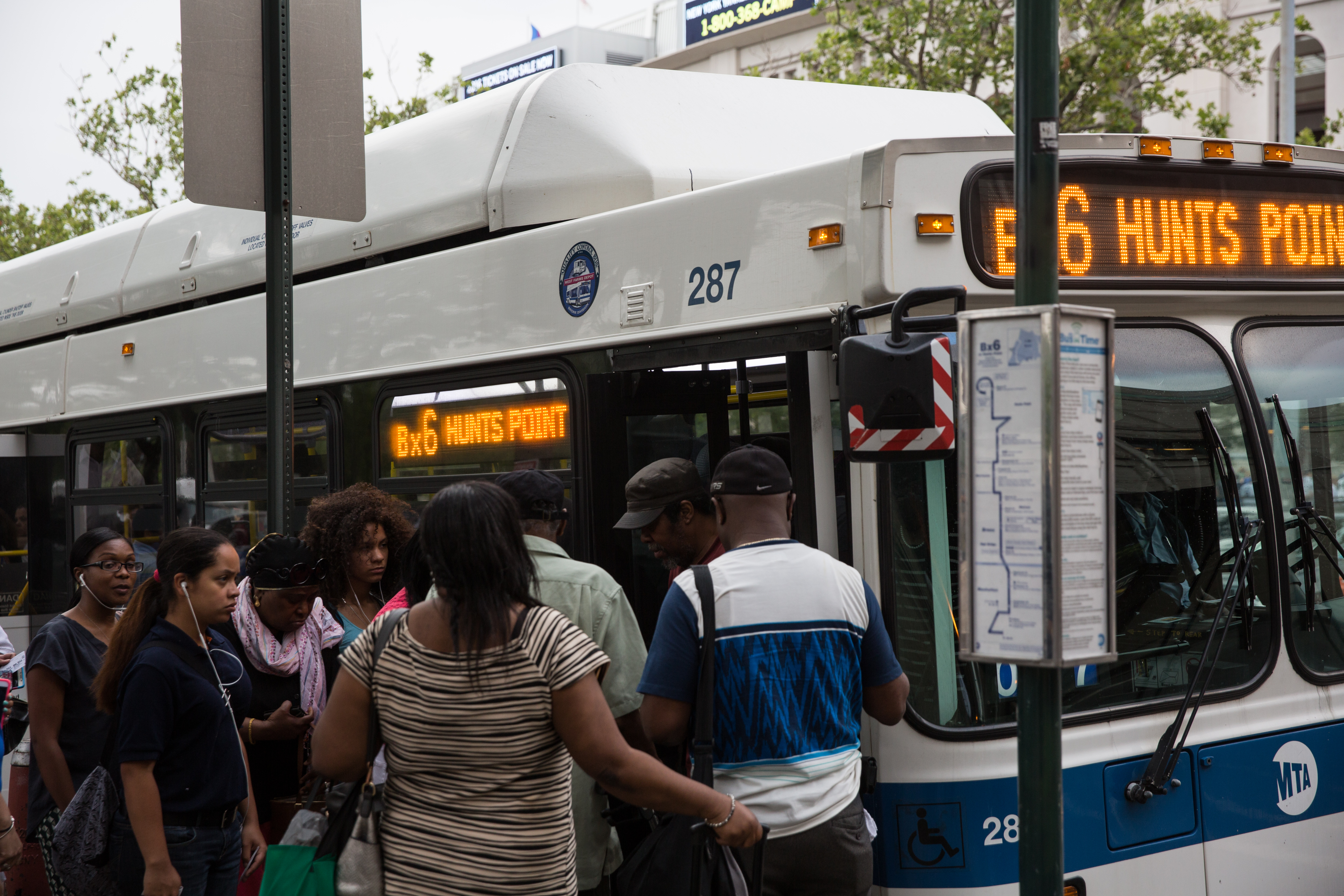
The impending departure of MTA Chair Tom Prendergast provides a moment to take stock of the Metropolitan Transportation Authority’s approach to the transit issues facing New York. The challenges facing the agency are numerous: historic levels of subway crowding, world-record construction costs and overruns, chronic delays in project completion, a bus system suffering a slow-motion crisis of declining service and ridership and weak communication of goals and efforts for improvement. Can a public agency that is extremely oriented to daily operations, along with delivering very costly, very slow improvement projects, become more nimble, innovative and goal-oriented? We don’t claim to have all the answers, but our perception today is that the MTA is not structured to even begin to address the major transit questions facing New York, much less develop the internal culture necessary to become a thriving center of innovation.
Big transportation agencies can be reformed and steered in new directions. Descriptions like that posed above could have applied to the country’s big-city transportation departments ten years ago. But with strong leadership, many of our largest cities now have DOTs that have adopted transformational goals and policies, found new project delivery methods and in the process, have become more skilled at winning financial support by talking to people and politicians about programs to improve city streets. Some transit agencies also display similar characteristics. Consider Houston Metro’s wholesale reorganization of its bus routes and operation in 2015 and the ongoing and very productive redevelopment of the Seattle bus map (along with performance metrics directly tied to enhanced city funding) as the city grows and adds more service and, not coincidentally, more riders. LA Metro’s CEO has created an office of innovation attached to his executive suite, and empowered it to develop improvements to everything from procurement processes to intermodal connections at stations.
What would it take institutionally for the MTA to take on its own deeply ingrained conservatism, create pathways for newer, more innovative staff and ideas and establish a stronger culture that rewards experimentation and innovation?
The MTA’s communications capacity and instincts do seem to have stepped up a notch recently, perhaps in the wake of last year’s debacle of allowing news of the needed L-train shutdown to leak instead of leadership clearly framing the issue from the get-go. That said, the agency needs more to communicate about: on-going proactive programs that actually improve transit performance and conditions for riders.
Strong policy or innovation units attached to the offices of MTA Chair and/or NYC Transit President and given strong backing and license by those leaders could allow the agency to develop more strategic points of view, cut through obsolete practices and create the ability to proactively talk about issues and improvements, instead of being mostly reactive. This type of augmented staffing would provide chief executives with the intellectual and organizational capacity to challenge business as usual and to follow up and execute directives for change. It would also allow better leadership support for planning efforts that impact operations: for example, redesigning bus routes that are inefficient or out of date. Today, it can take the MTA well over a year to split a long, low-performing bus route into two shorter routes, even when few other bus improvement plans are underway.

This change would only be worthwhile if the MTA finds a leader willing to demand and reward innovation, and to steer it through obstacle courses within the bureaucracy and the world at large. In the last several years, Governor Cuomo has assumed this role. His interest in notching accomplishments has driven recent MTA bright spots, such as accelerating the purchase of open-gangway subway cars and finding a way to install countdown clocks on the lettered subway lines.
Some say a governor paying close attention to and directing what the MTA does keeps heads down and stifles initiative at the agency. But that’s true only if the agency is instinctively defensive. MTA chiefs like Robert Kiley or Peter Stangl openly sparred with then-Governor Mario Cuomo over funding, labor relations and policy, but with mutual professional and political respect they got a lot done. A highly involved governor can be extremely helpful for transit if the new MTA boss can successfully bring good new ideas to Andrew Cuomo, especially if they are ideas that improve real service to riders and can show results relatively quickly.

Riders queue up to pay for the Bx6 in the Bronx
But that model of change has clear limitations. More subtle and technical challenges like speeding up delivery of modern subway signals, or projects Governor Cuomo seems uninterested in, like turning the city bus system around, require an inspired innovator in the MTA’s top seat. New York City deserves no less.
 On the Brink: Will WMATA’s Progress Be Erased by 2024?
On the Brink: Will WMATA’s Progress Be Erased by 2024?
The experience of being a WMATA rider has substantially improved over the last 18 months, thanks to changes the agency has made like adding off-peak service and simplifying fares. Things are about to get even better with the launch of all-door boarding later this fall, overnight bus service on some lines starting in December, and an ambitious plan to redesign the Metrobus network. But all of this could go away by July 1, 2024.
Read More Built to Win: Riders Alliance Campaign Secures Funding for More Frequent Subway Service
Built to Win: Riders Alliance Campaign Secures Funding for More Frequent Subway Service
Thanks to Riders' Alliance successful #6MinuteService campaign, New York City subway riders will enjoy more frequent service on nights and weekends, starting this summer. In this post, we chronicle the group's winning strategies and tactics.
Read More